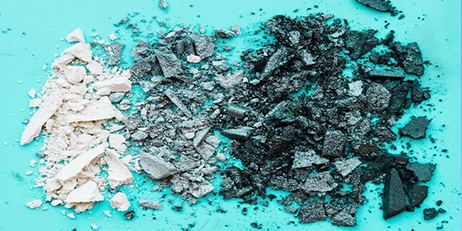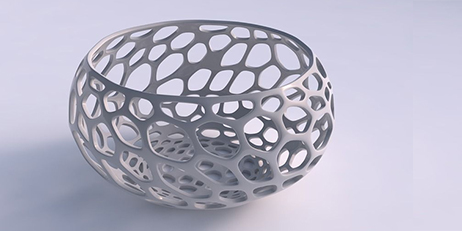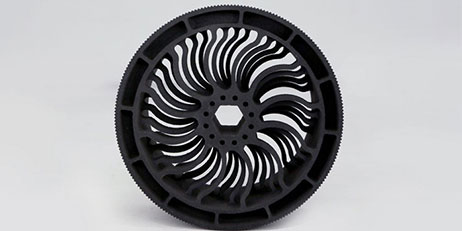The design of metal parts varies from plastic parts. Due to the particularity of powder bed melting fusion technology, there are some inherent constraints in the design of metal parts. We must not only consider the strength, quality, and complexity of the parts, but also the surface quality of the parts, and the difficulty of post-processing. For metal printing, especially powder bed fusion technology, certain design skills need to be followed.
Management aperture
During the printing process, the upper end of the vertical hole may be deformed or even collapsed. Usually, the hole diameter is less than 10 mm without adding support. The hole diameter is a very important design consideration for the internal continuous pipeline. If you add supports, you will face the problem that it cannot be removed, and you also need to consider the actual top slagging and other quality issues.

Bridge structure
The bridging gap is like a cut in the solid part. If there is a horizontal suspended surface, the deformation of the top edge must be considered. One way to deal with this type of feature is to design the horizontal suspended surface as an arch or pointed top to make it self-supporting, so as to prevent deformation and even printing failure.

Use movable attributes
Another advantage of 3D printing is that it can construct nested shapes that can move freely. This brings a new opportunity for designs of complex mechanical devices.

Design for metal 3D printed parts is not a easy job. As a professional provider for additive manufacturing systems, Eplus3D can offer more solutions for you on material choice, optimized design, printing process, post processing and more. Welcome to contact!


























